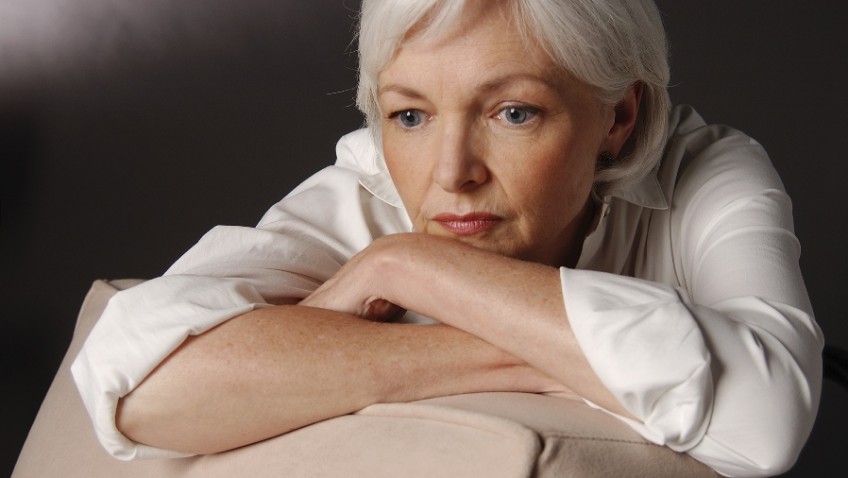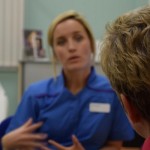Mr Richard J Sheridan FRCOG, FRCS is a Consultant Gynaecologist, with a specialist interest in menopause, practising at Spire Bushey Hospital, Hertfordshire.
The menopause can be a very miserable time of life, with the onset of flushes, sweats, headaches, aches & pains and lethargy, memory loss, anxiety, palpitations and depression.
Women generally have 40 years of their own oestrogen production, from puberty ending at around 52 years of age with ongoing, debilitating symptoms in a large number of cases, often suffered in silence. Some women describe “sailing through the change”, but the ending of periods and these symptoms are only a small part of “menopause”, as body changes continue.
NICE (National Institute of Clinical Excellence) has recently issued guidelines on the menopause, inferring that not enough women are appropriately informed of the benefits of replacing hormones no longer made by their own ovaries.
It is the choice of the women, when appraised of the benefits as well as the risks, to be able to choose whether HRT is appropriate for them or not. Far too many women are not being appropriately counselled and some GP’s are set in their beliefs and so do not offer their patients a choice, just impose their opinions on them.
Women who wish HRT must speak to their GP’s and if necessary ask to speak to another partner in the Practice, if they feel that their wishes are not being respected. The NICE guidelines are there and may be quoted as often patients are better informed than their GP’s, when they have done some research!
Current research on HRT has shown the risks to be less than previously reported with a small increase in breast cancer in women who need an oestrogen/progesterone combination because they still have a uterus. Women without a uterus take oestrogen alone with almost no increase in risk. HRT carries small increased risks of thrombosis and high blood pressure. It does not mean that women with high blood pressure cannot have HRT, it just means they may need treatment for their blood pressure, alongside it.
With regards to the male menopause, men generally have a reduction in testosterone levels of 1-2% per year form the age of 30. The level halves by the age of 70. Women however have almost no oestrogen in their early 50’s and often just put up with the situation.
We know that generally quality of life is vastly improved by women appropriately treated with HRT. They generally have more energy, more libido and not only do they keep their sex drive, but sex remains comfortable with normal lubrication, rather than the usual dry post menopausal state. Women with energy take more exercise and therefore protect their hearts.
There is also now evidence of a reduction of Alzheimers disease and preservation of memory and other mental functions. There are more women in the workplace who can’t afford to decrease their mental function or have debilitating and embarrassing flushes for all to see.
There is a large difference in the bone thinning condition, known as osteoporosis between the sexes. Up to 20% of women develop type I osteoporosis; eight times more than men, this happens after the menopause as oestrogen dramatically reduces calcium loss from bones. Osteoporosis can lead to fractures which can lead to surgery with the associated morbidity and mortality of operations.
HRT can be given by tablets, patches, gel and occasionally by implant, to improve symptoms and with long term usage may, contrary to some mistaken thoughts, increase longevity by up to three years, as the benefits far outweigh the risks, along with a far healthier and happier life in the majority of cases.
There are of course some women in whom HRT is not appropriate and where the benefits are far outweighed by the risks.





